Tokyo, July 4 (V7N) – Residents of Japan’s remote Tokara Islands in the country's southern region have been enduring sleepless nights after a swarm of over 900 earthquakes struck the area within the past two weeks, local authorities confirmed. The seismic activity, which began on June 21, has been centered around the Tokara archipelago, a chain of 12 small volcanic islands, of which seven are inhabited by approximately 700 residents.
The latest and strongest tremor—measuring magnitude 5.5—hit the region on Wednesday, intensifying fears and leading officials to issue warnings about the possibility of evacuation if conditions worsen. Despite the high number of quakes, no major damage or injuries have been reported, and no tsunami warning has been issued so far.
Japan’s Meteorological Agency acknowledged that while the Tokara region has experienced earthquakes in the past, the recent frequency and intensity are highly unusual. The continuous shaking has left islanders in a state of high alert and mental exhaustion.
“We’re scared to even fall asleep. It feels like the ground is always trembling,” one resident told local broadcaster MBC.
Concerns are heightened by the lack of medical infrastructure on several of the more isolated islands. With no hospitals and limited access to emergency services, residents are particularly vulnerable in the event of a larger disaster.
Authorities are closely monitoring seismic activity and have advised residents to remain prepared for potential evacuations. Emergency shelters and contingency plans are reportedly being reviewed by local governments in coordination with Japan’s disaster response teams.
The Tokara Islands are part of Kagoshima Prefecture and lie along the geologically active Ring of Fire, which is notorious for frequent earthquakes and volcanic eruptions.
Experts have yet to determine the exact cause of the earthquake swarm, though tectonic movements and volcanic activity are being investigated. Japan, one of the most earthquake-prone countries in the world, has advanced seismic monitoring and disaster preparedness systems, but events like this continue to test their resilience, especially in remote communities.
END/WD/SMA/



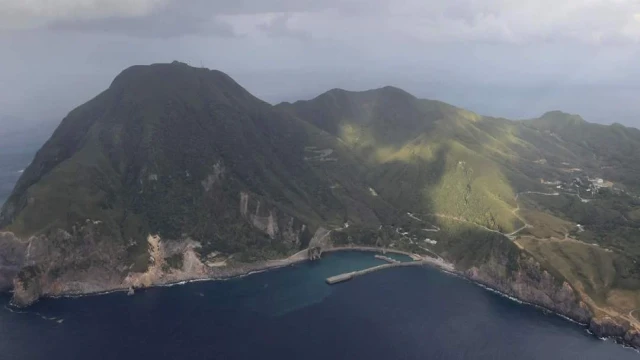

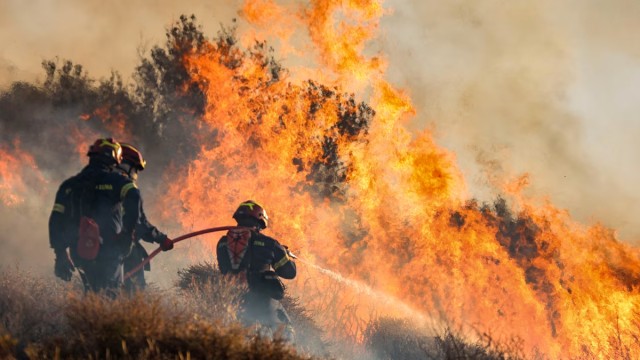

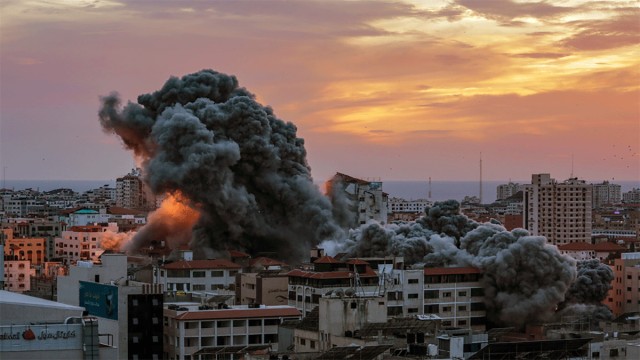





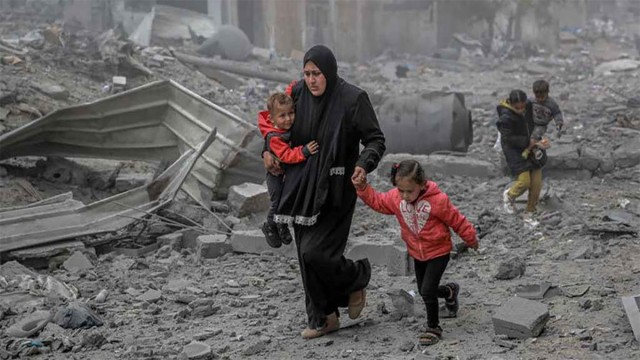


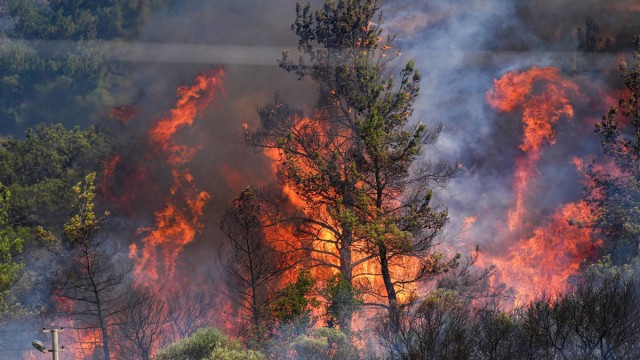
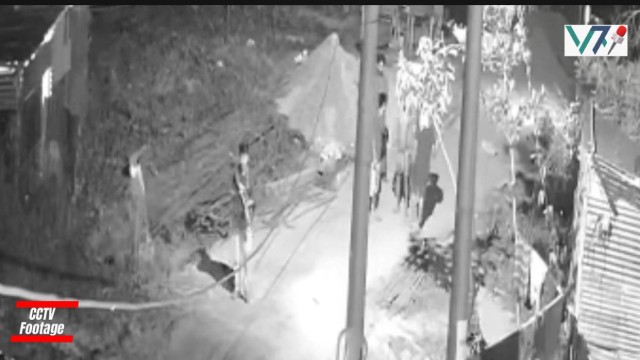




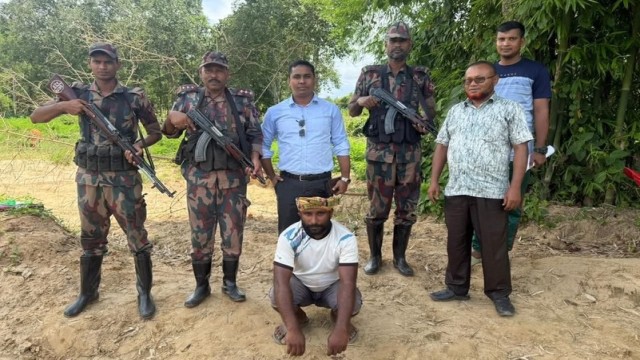


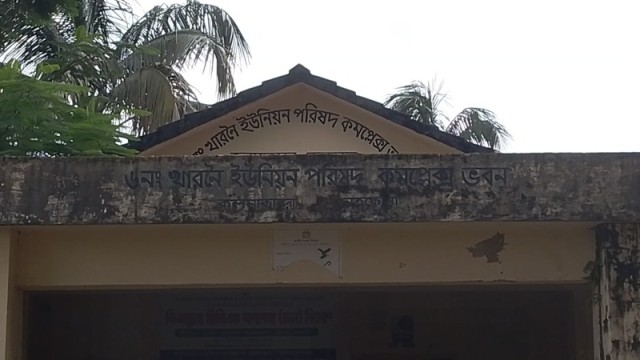
Comment: